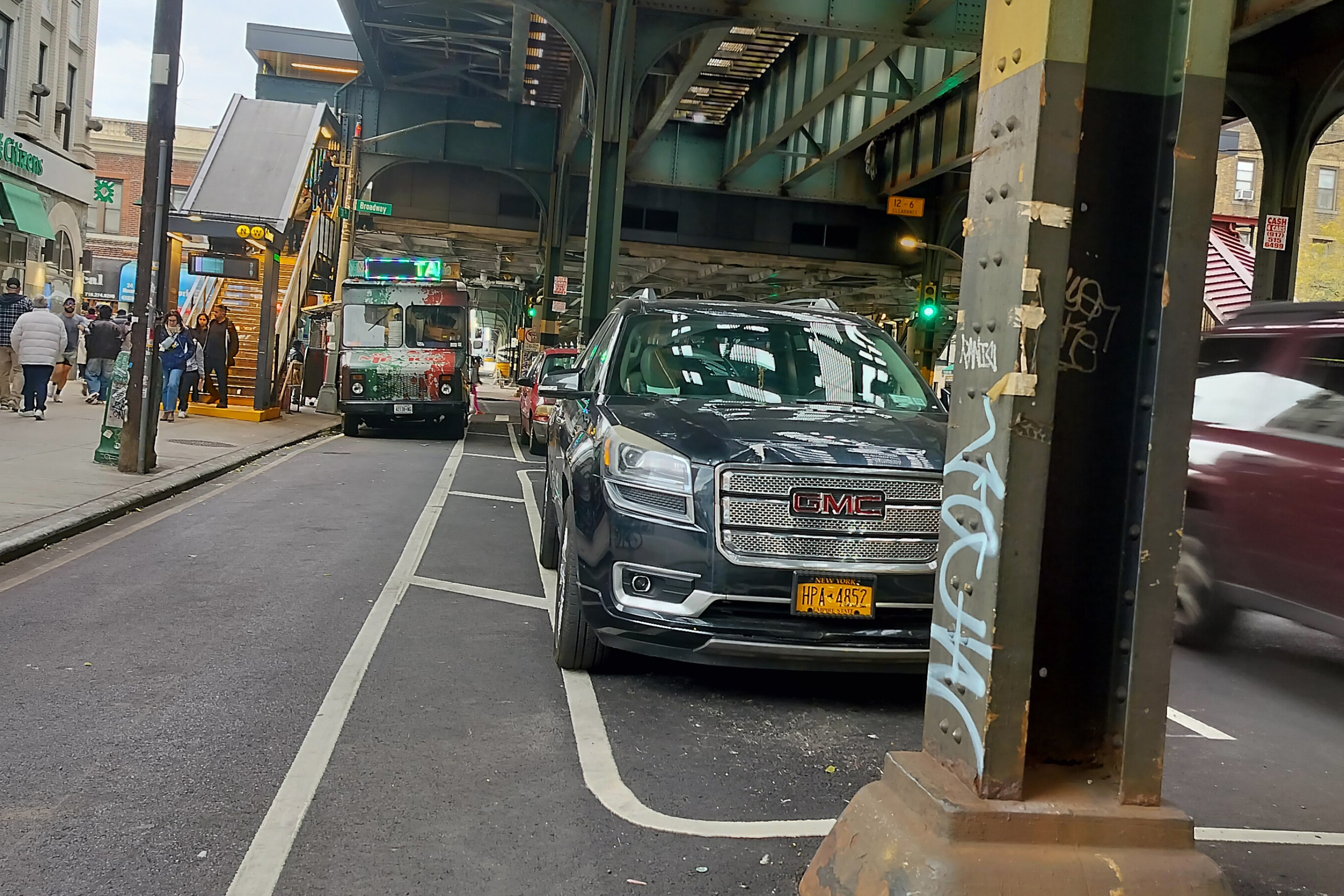As you might expect, given the billions America spends on highways, measuring the activity of motorists is practically an industry unto itself.
But data collection on walking and biking is much less rigorous. In most American cities, measuring active transportation consists of recruiting some volunteers to spend a few hours once a year standing at an intersection counting bikes. As a result, very little good data about how many cyclists and pedestrians are out there using the streets and sidewalks is available.
"The current state of bike/ped counts is way behind where it should be," said Darren Flusche, policy director at the League of American Bicyclists. "We know a lot about how to count cars but not a lot about how to count bikes."
That causes all kinds of problems for street safety advocates. Flusche said the lack of good data can make safety comparisons difficult. Two cities, for example, with roughly the same population and the same number of cycling fatalities might appear to offer similar safety outcomes. But that would clearly be misleading if one city had a far higher rate of cycling.
It can also present problems when trying to make the case for bike lanes and pedestrian safety improvements to, say, a local business. It's a lot easier to present a convincing argument when you have solid numbers about how many people will be making use of the new infrastructure.
The state of bike/ped data may soon improve. For the first time this year, the Federal Highway Administration has issued recommendations for "non-motorized" groups in its Traffic Monitoring Guide [PDF]. States and localities still have to want to collect data -- there's no one forcing them to do it -- but this will be the first time that the "bible" for traffic counts even contemplates cyclists and pedestrians in its guidance.
The guide sets out to help agencies decide what method is best for their purposes: manual or automatic counters, long or short-term measurement periods, and so on. It also advises transportation professionals about how to interpret the data -- which, given the limited information currently available, has been very difficult to do.
For example, if your community's bicycle counts consist of volunteers counting in a two-hour period at select locations once a year, is that necessarily representative of the universe of cyclists in the region? How do time of day, weather, location, and other factors influence the counts?
The answer, right now, is that researchers aren't too sure. "The systematic monitoring of pedestrians and bicyclists is still an emerging area that requires more research," the guide's authors write.
Meanwhile, the Transportation Research Board is taking a look at the same issue. The TRB has commissioned a guidebook for transportation planners to help forecast how different development scenarios would affect levels of walking and biking activity.
That would be "so many steps forward from what we have right now," said Flusche.
Currently the best available data on walking and biking comes from the American Community Survey and the National Household Transportation Survey. The problem with the ACS, Flusche says, is that it doesn't measure all types of bike trips, it only estimates how many people are commuting by bike -- and even then, only those who commute by bike at least three days a week. The Household Travel Survey also has some limitations. It is expensive to administer and conducted very infrequently. In addition, small sample sizes make it difficult to break down results by geographic area.
Better measurement tools are especially important because the new transportation bill, MAP-21, emphasizes "performance measures" in selecting projects for federal funding. Having a weak sense of how many people are actually biking and walking makes it difficult to build a strong, data-based case for increased investment in infrastructure to support those activities.
"We live in a world where our decisions are increasingly based on data," Flusche said. "If you don’t have good data, you can’t make good decisions."






